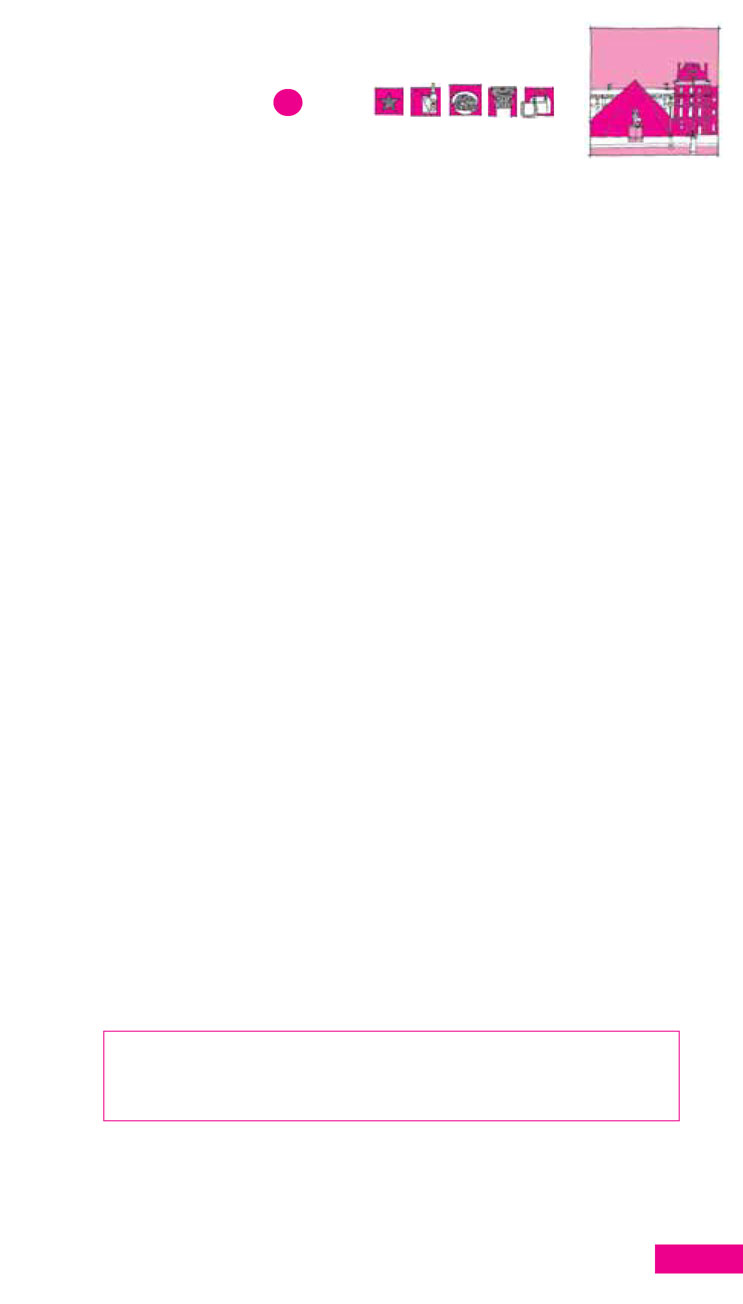3
Turn right off rue Croix des Petits Champs and you will be on rue du Colonel Draint. The Palais Royal will be ahead of you along rue de Valois. This palace, as its name suggests,
was once a royal residence. It was built, however, as the home of Cardinal Richelieu and was originally known as the Palais Cardinal. Designed by Jacques Lemercier, it was built between 1633 and 1639. The Cardinal left the property to the crown after his death in 1642, when it acquired its current name. King Louis XIII died the following year and the Palais became the home of his widow and her two young sons (King Louis XIV and his brother Philippe). The young King Louis nearly drowned when he fell into the Grand Bassin while playing with some friends. He was never particularly fond of the palace, having been holed up here throughout the terrifying Fonde, which was one of the main reasons he chose to settle his royal court outside the city at Versailles.
The palace passed to the cadet Orléans branch of the royal family, whose ducs expanded the complex in the 1780s and opened the gardens and surrounding buildings to the public where they became a sort of shopping and entertainment complex, with cafés, bookshops and hair-dressing salons, as well as brothels and gambling dens. The clever Duc d’Orléans survived the horrors of the Revolution by keeping the palace gardens open to the public. He also employed architect Victor Louis to rationalise the rear façades of the houses that backed onto the gardens into a uniform Neoclassical whole.
Looted in the 1848 revolution, the palace passed into the hands of the Bonaparte family and only narrowly escaped the flames of the 1871 Commune. It was restored between 1872 and 1876 and today houses the Conseil d’Etat, the Constitutional Council and the Ministry of Culture. The present Jardin du Palais Royal is about one third smaller than the original laid out by royal gardener Peter Desgotz for Cardinal Richelieu in the 1630s. This is due to the Duc d’Orléans’ construction of the houses on three sides of the square between 1781 and 1784. These are now home to restaurants, galleries and shops. The garden’s courtyard contains a controversial installation by Daniel Buren. Consisting of black-and-white striped stone columns, Les Deux Plateaux was installed in 1986. The houses overlooking the gardens have some strong literary connections, with Jean Cocteau, Colette and Jean Marais all having lived there.
Did You Know?
The Duc d’Orléans, who later became King Louis-Philippe, hired a young
Alexandre Dumas to look after his library at the Palais Royal.
Tuileries
61

